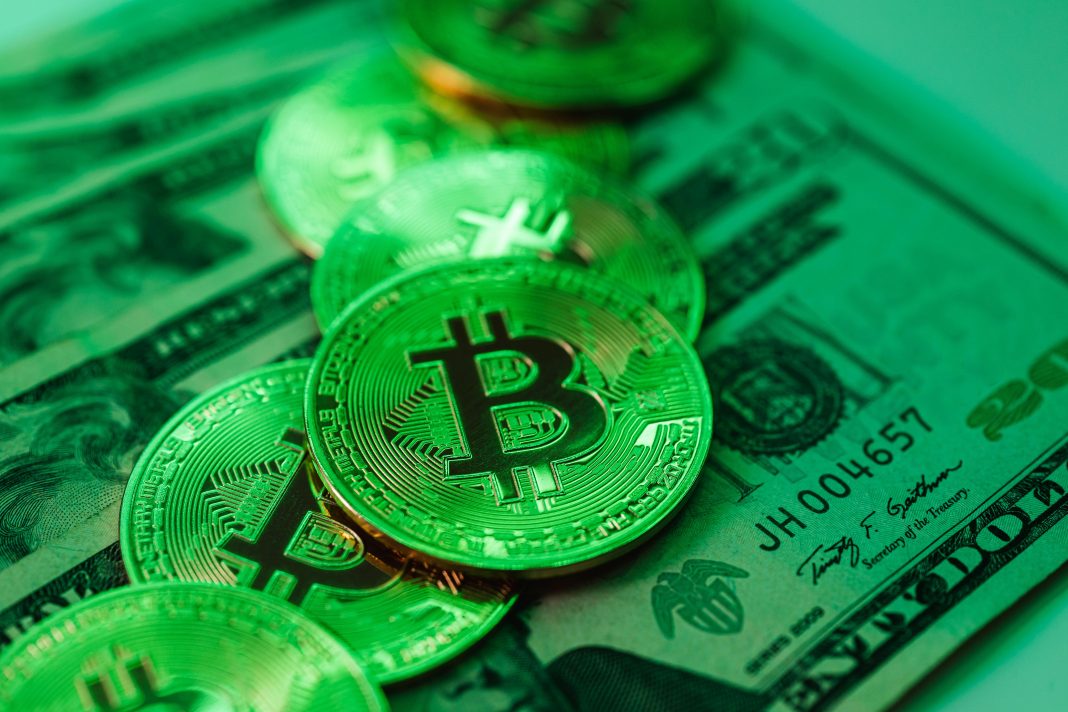Concerns are emerging about what Bitcoin’s price trends and a potential interest rate cut cycle in the United States might mean for European investors.
“Bitcoin is maturing into a macro-sensitive asset: increasingly influenced by monetary policy, central bank actions, and global money supply changes,” says Catherine Chen, Head of VIP & Institutional at Binance. The btc to usd exchange rate is a key reference for many investors across Europe.
Bitcoin’s rapid price changes due to its high volatility are often treated as signals for broader market concerns. This makes it difficult to link monetary policy directly to digital asset movements. European investors are still learning on how to resolve these issues in an environment with not much in the way of policy direction.
How Bitcoin Price Cycles Intersect With Global Monetary Policy
The data suggests that while a drop in interest rates is likely to support risk assets, the correlation with Bitcoin is less clear. Per Binance, an examination of the rate cut policies of 2019 and 2024 reveals that Bitcoin’s movement does not seem to sync with policy changes.
The 2019 “preventative cut cycle” is where the US Federal Reserve slashed rates as an “insurance policy” against growth and trade headwinds. Leading up to the decision, Bitcoin rose from $4,000 to $13,000 and slashed post cut, while the S&P500 and the rest of the market soared. This shows an interesting decoupling of traditional and digital assets.
The 2024 soft landing cycle is another example. Leading up to September 2024, Bitcoin traded sideways in a range of $50,000 to $70,000. Prices started to rise only after the first cut, but that coincided with the US elections. So it’s hard to argue that policy change was the key factor.
These examples emphasize that although cuts in interest rates may impact other markets, Bitcoin price movements are much more volatile, driven by other factors in addition to central bank interventions.
Strategic Lessons for European Investors From the 2019 Cycle
For investors in Europe analyzing the asset’s utility in diversified portfolios, the 2019 cycle offers helpful insight. The steep rally in Bitcoin before the cuts, and the subsequent decline, exhibited the hallmarks of a classic buy the rumour, sell the news scenario. The divergence at the time with the S&P500, where equity markets continued to advance, is a case in point for the bifurcation of traditional and digital assets.
This bifurcation means that European investors are no longer able to use global rate moves as the primary anchor for digital asset investments. While the BTC to USD exchange rate is still important to track, empirical data indicate that, in isolation, macro moves tend to drive phenomena that are only bursts of activity before corrections, as opposed to enduring trends.
Having Bitcoin under consideration as an independent asset instead of gauging its value only as a reflection of policy shifts also holds true for European businesses and institutional investors. European investors have to consider that price movements influenced by expectations and sentiment do not reflect the actual value better than supply and demand.
What the 2024 Soft Landing Reveals for European Markets
In the 2024 cycle, easing inflation and slower global growth created conditions unlike 2025. Bitcoin remained directionless before the first cut, and any anticipated rally was weak. Binance notes that Bitcoin’s movements during a rate-cutting cycle occur within a broader economic and political context. European investors should view rate cuts alongside traditional markets, such as the S&P500, rather than in isolation.
For businesses and institutions in Europe, the implications are twofold. To begin, Bitcoin cannot be assessed the way one would with equities or bonds. Secondly, while the context of the ecosystem is defined by the global monetary cycles, the ecosystem is not determined by them.
Investors should monitor domestic signals, especially from the European Central Bank, alongside global liquidity conditions. Central banks with greater influence over digital assets also shape Bitcoin’s behavior.
Why Interest Rate Shifts Alone Do Not Explain Bitcoin Price Trends
Further tests of a quantitative nature confirm the observed limiting factors of interest rates on Bitcoin’s price. According to Binance, year-over-year changes in the U.S. Federal Funds Rate and the Bitcoin price have never shown a stable correlation. In futures-based assessments, correlation coefficients varied between -0.5 and +0.5, which is low by standard.
While investor sentiment can react to rate changes, short-term moves offer no reliable guide for Bitcoin’s path. Binance suggests that macro liquidity conditions better explain digital asset performance. Markets may already be impacted by tightening liquidity, such as changes to the Reverse Repurchase facility balance and the U.S. Treasury General Account.
In the case of Europe, where monetary conditions are still closely aligned to global capital flows, this highlights the necessity for interest rate centrism to be discarded. Bitcoin volatility is better explained by broader constructs, such as the Chicago Fed National









































